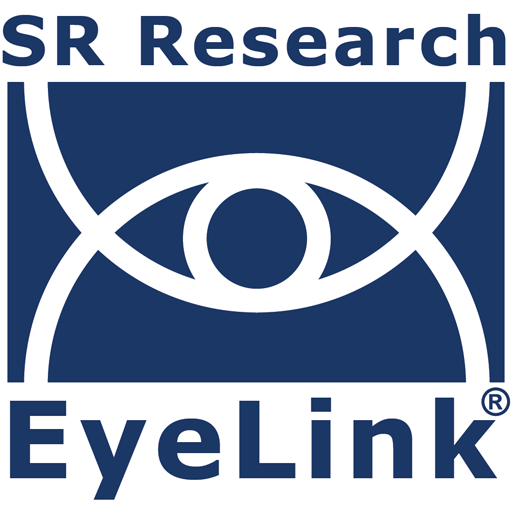CASE STUDY: Fast Feature- and Category-Related Parafoveal Previewing Support Free Visual Exploration

Understanding how the human brain processes visual information during natural, unconstrained exploration is a complex challenge. Traditional neuroscientific studies often simplify visual input or restrict eye movements, which limits their ecological validity. The research paper, “Fast feature- and category-related parafoveal previewing support free visual exploration,” by Fakche, Hickey, and Jensen (2024), addresses this by brilliantly combining magnetoencephalography (MEG) and eye-tracking to investigate the neuronal dynamics of visual processing during free visual exploration. This case study will highlight the significant benefits of this integrated approach, demonstrating how it provides unparalleled insights into the intricate mechanisms of human vision.
Eye Tracking, MEG, and Visual Exploration Methodology
The study involved 36 participants freely exploring sets of natural images while their eye movements with an EyeLink 1000 Plus eye tracker and brain activity (MEG) were simultaneously recorded. The core objective was to determine how quickly and precisely the brain processes visual information in both foveal (directly fixated) and parafoveal (peripheral but still attended) regions, and how this processing supports the planning of subsequent eye movements (saccades). A key element of the experimental design was a change detection task, which encouraged participants to actively explore the images.
Using multivariate pattern analysis (MVPA) on the MEG data, the researchers were able to decode information about the color and category of visual objects. Crucially, they analyzed this decoding in relation to foveal images, upcoming parafoveal saccade goals, and even previously fixated parafoveal images.
Benefits of Combined Eye Tracking and MEG
The power of this research lies in its dual-modality approach, which offers several distinct advantages:
- Precise Temporal Resolution of Brain Activity Coupled with Gaze Position: MEG provides excellent temporal resolution, capturing brain activity in milliseconds. Eye-tracking, simultaneously recorded, pinpoints exactly where a participant is looking at any given moment. This synergy allows researchers to align brain responses with specific eye movements, offering unparalleled insights into the timing of visual processing relative to fixation on a particular object. For instance, the study could precisely determine that parafoveal feature decoding peaked at approximately 110 ms and category decoding at 165 ms before a saccade to that object, while foveal processing peaked at 100 ms and 145 ms respectively. This temporal alignment is critical for dissecting the rapid sequence of events in visual cognition.
- Understanding Presaccadic Attention: By tracking eye movements, the researchers could distinguish between objects that were upcoming saccade targets (para foveal upcoming images) and those that were simply in the periphery but not intended as targets (para foveal remaining images). The MEG data revealed that only saccade goals, whether foveal or parafoveal, were decodable at the feature and category levels. This finding strongly supports the notion of “presaccadic attention,” where the brain pre-processes information about future saccade targets, indicating that visual processing is not merely reactive but actively guided by attentional selection. This distinction would be impossible without integrated eye-tracking data.
- Investigating Trans-saccadic Memory: The combination of techniques also allowed for the investigation of how visual information is maintained across saccades. The study demonstrated that feature and category information about past parafoveal images remained decodable after the eyes had moved away. This provides electrophysiological evidence for trans-saccadic memory, suggesting a continuous representation of the visual scene despite constant eye movements.
- Ecological Validity: Unlike studies that use artificial fixation crosses or restrict eye movements, the combined approach enabled researchers to study visual processing during natural, free exploration. This enhances the ecological validity of the findings, making them more applicable to real-world visual behavior. The paper highlights that the classification performance for foveal images tracked behavioral performance in the memory task, suggesting that these brain responses reflect the perception and retention of objects during a natural viewing task.
The Fakche et al. (2024) study provides a compelling example of the value derived from integrating eye-tracking with MEG. This powerful combination allows for the precise investigation of rapid neural processes underlying visual exploration, revealing how the brain processes foveal and parafoveal information in a pipelined fashion to support efficient scene understanding and saccade planning. The ability to link specific brain activity with dynamic gaze behavior provides a more complete and ecologically valid understanding of human visual cognition, and paves the way for future research into complex visual environments and clinical applications.
For information regarding how eye tracking can help your research, check out our solutions and product pages or contact us. We are happy to help!
